Ogio Dakar 3L Hydration Pack Review
This is my own Ogio Dakar 3L Hydration Pack review after owning the pack for several weeks. Hydration packs, or Camelbaks as some people call them, are almost a necessity for riding in the deserts of Southern California. I quickly found out about them after my first 1-2 hour ride. I noticed quickly how I blew through the small bottle of water I kept in my cargo pants pocket.
I grew up racing and riding on motocross tracks and had no use for a hydration pack on a track. At first, I was hesitant about riding with the extra weight on my back, but as soon as I got one, I felt like I could never ride without one. When you stay hydrated riding, you ride better and don’t get as tired. I found myself downing my entire pack of water on each ride. When it was time for a new hydration pack, I bought the largest size I could get and ended up with the Ogio Dakar 100 oz/3 liter hydration pack. This is my real world Ogio Dakar 3L Hydration Pack review. I’ll go over its features and my thoughts about how it’s held up after a couple of weeks of use.
Size
Compared to a normal backpack, the Ogio Dakar 3L Hydration Pack is a couple of inches shorter and much less wide. Hydration packs are designed to have expandable compartments. For the most part, they are compact and tight. It’s comparable in size to other hydration packs even with the extra capacity of the bladder, which is 3 liters compared to a standard size of 2 liters. The pack has plenty of storage for a day ride. With the bladder filled with 3 liters of water, it weighs about 9 pounds.
Size Specs
- Dimensions: 17.5″ H x 10″ W x 8″ D
- Weight: 2.05 Lbs (Dry)
- Capacity: 730 Cubic Inches
Storage
The Ogio Dakar 3L Hydration Pack has 5 storage compartments of various sizes and the insulated bladder compartment. The bladder, main storage, felt lined electronics pocket, and the front molded armored pocket compose the bulk of the pack. On the lower portion of each side, there is a small expandable mesh pouch, with one having a zipper, for quick access. The side pouches are a nice touch, but I have never really found a good use for them. You still need to take the pack off to reach in them, and at that point, you would probably just use one of the main storage compartments.
- Ogio Dakar 3L Top
- Right Side pocket
- Left Side Pouch
Hydration Bladder Compartment
The bladder compartment is lined with an insulated reflective fabric that is supposed to keep the water cooler for longer. The compartment is wide and deep but not too thick to keep the water from sloshing around. The bladder when fully filled drops in pretty easily and is held in with a velcro strap at the top and the compartment can be zipped up with no problems. The exit hole for the mouthpiece hose is right at the top and a nice feature is the quick connect being located at the top of the bladder which makes taking it in and out a lot easier.
- Insulated Cooler Fabric Lining
- Hose quick connect
Electronics and Main compartment
Standard electronics compartment found on most hydration packs and backpacks. It has a felt lining and big enough to fit most cell phones. I have a Google Pixel and there was plenty of room. The zipper did a good job about keeping the fine dust out. The main compartment has no straps or netting in it, just a large open pocket that is not expandable. Big enough to fit a hoodie sweatshirt in it but anything more would be a tight squeeze.
- Felt lined Electronics pocket
- Main Storage
Front armored pocket
The front pocket has some zippered pouches and a mesh pouch on the other side. The armor is a nice hard plastic shell but it only protects the top of the compartment. This section of the bag is ventilated with the bottom of the pouch made of a fine mesh. It also contains 2 clips that can extend over the top of the bag and clip into the outside of the bag. I can’t really see the use in this as you can’t close the pocket if you want to use the expansion straps.
- Ventilation at bottom
- Straps
Hydration System
The bladder included in the Ogio Dakar 3L Hydration Pack review is the best I have used in my last 3 packs. Most bladders included with packs hold 2 liters. After a couple of rides of going through all 2 liters, I decided to move up to a larger bladder. This bladder holds 3 liters (100 oz) and is large enough so it doesn’t feel like you have a large water balloon on your back.
Bladder Features
The hose pickup attaches to a plastic handle. It has the hose quick connect located at the top of the bladder, which is a nice design feature. Having the quick connect at the top makes taking the bladder out easier. The plastic rod running down the bladder gives it structure so it’s not folding in on itself when putting it in the pack. This is the best feature of this Ogio Dakar 3L Hydration Pack review. My old bladders had the quick connect at the bottom pickup. This wasn’t that bad, but the bladder was just the bag. It felt like stuffing a down pillow in a pillowcase when putting it in.
You open the two blue folding levers and fill the bladder from the top. The top splits in 2 and the plastic support running down the bladder makes it easy to hold while filling and not spilling. So far after a month of use, it still seals tight and I haven’t had any leaks. The hose is held to the handle with a small velcro strap and the bladder is held in the pack by a velcro strap that loops through the top filler clamp.
- Hose quick connect
- Bite valve
The bite valve flows well and also has been good at not dripping while riding. The valve connects to a swivel which acts as an on/off switch. When the valve is at a 90-degree angle with the hose, the valve is open. Fold it 90 degrees up or down, and the bite valve is shut off completely.
Fit and riding feal
Ogio has a unique strap design where the pack sits higher on your back and doesn’t need a bottom strap. The hydration pack sits more between your shoulder blades and even when full, has a light feeling to it. The extra liter that this pack holds is slightly noticeable when putting on the pack. While riding I didn’t really feel it as much as I thought I was going to. The one time I noticed the larger size of the bladder was when it was about half full. I could hear the water slosh around a little more than my other packs, but it didn’t make the pack move around at all.
For this Ogio Dakar 3L Hydration Pack review, I felt Ogio’s strap design makes it a tight fit when I had my roost protector on, but it wasn’t too restricting and it never pinched. I have yet to find a pack that does well with roost guards. They are all fighting for space on your shoulder and unless they have a design to work with each other, it will always be a little off.
Final Review
In closing this Ogio Dakar 3L Hydration Pack review, I really like this hydration pack. The bladder design is really nice, and the way it straps on keeps it tight when going over whoops or jumps. The storage is good for a day ride, which is what I got it for. The one odd feature was the outside pocket that has a vent, it doesn’t seem that helpful. The first part to go on a hydration pack is the bladder. The seals start to leak or the just get mold in them and get all nasty. I’ve used this hydration pack for over a year now and haven’t had any problems. The bladder is still fresh and the zippers and straps are still in good shape.
About Ogio
Ogio is a designer and manufacturer of bags and backpacks. The company produces hydration packs and also produces golf bags, street backpacks, work bags, travel bags, athletic bags, street bike gear, and power sports luggage. Ogio is involved in the golf industry and also provides umbrellas, caps, and socks for golfers. As of January 2017, Ogio operates as a subsidiary of Callaway Golf Company.
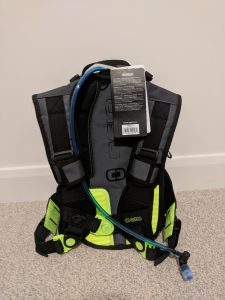
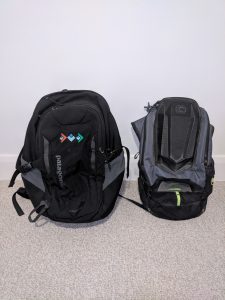



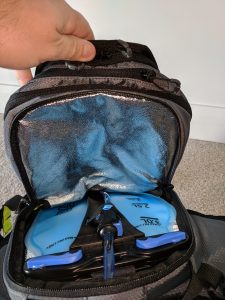
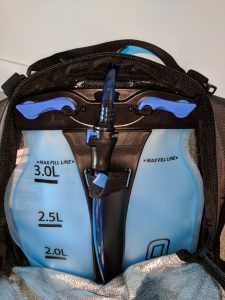
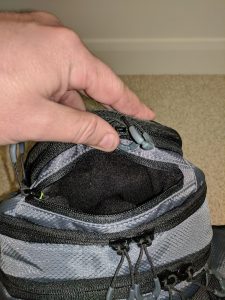
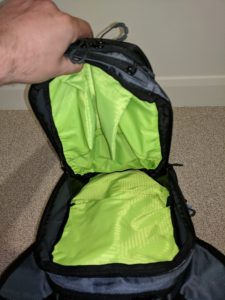
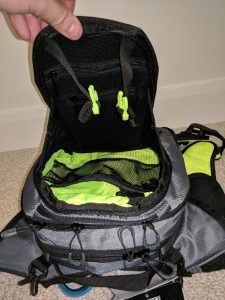

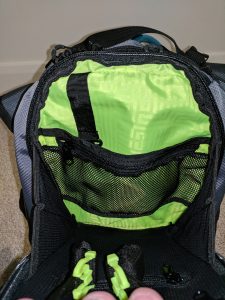
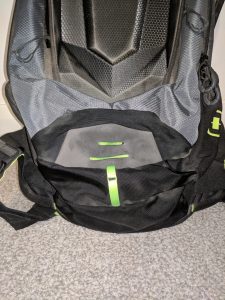
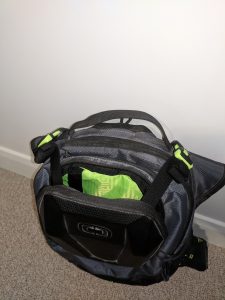
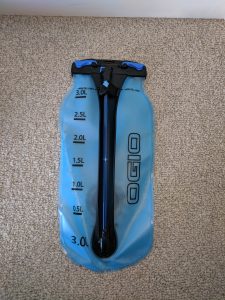
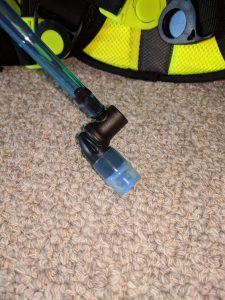
I actually dont use the straps for expansion. I end up opening the pouch pulling the straps out and wrapping them around the chin guard of my helmet in case I want to ride and then possible walk around some. It holds my helmet nice and snug and makes not having to carry your helmet around convenient.
That sounds like what they are for. I didn’t understand having a helmet holder that you needed to keep the pack open for to use.